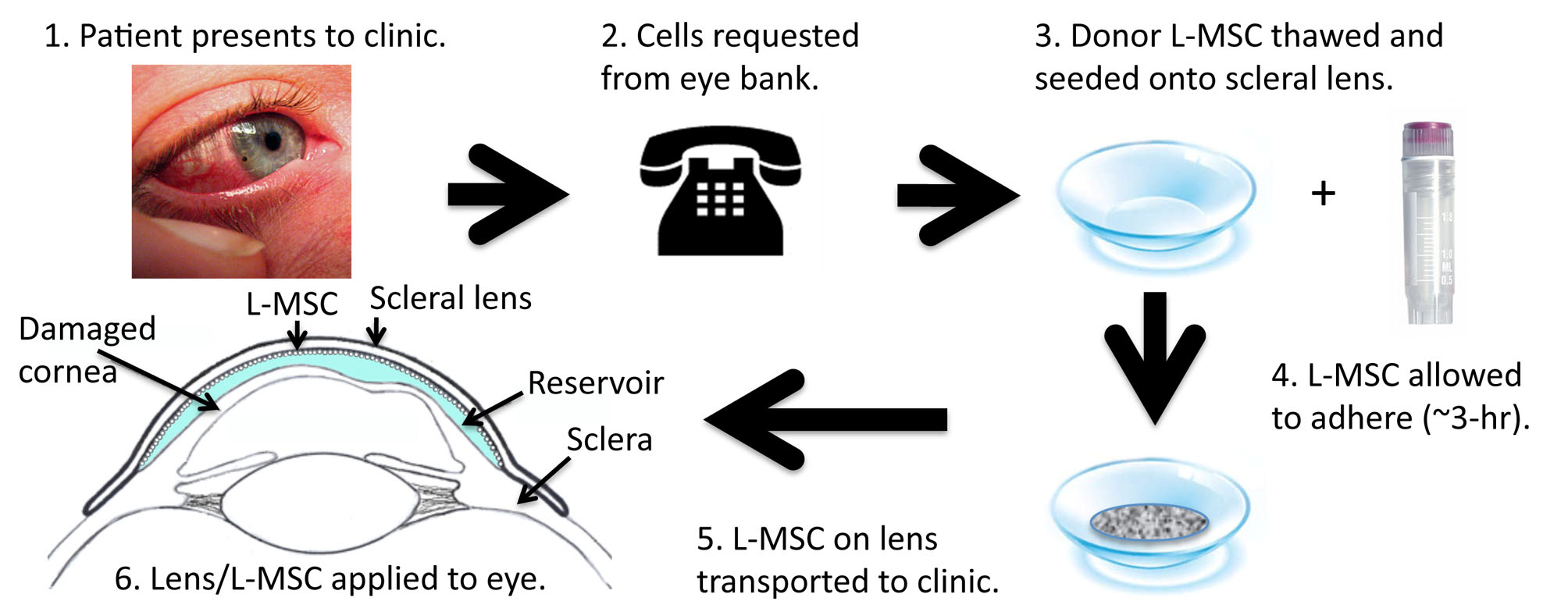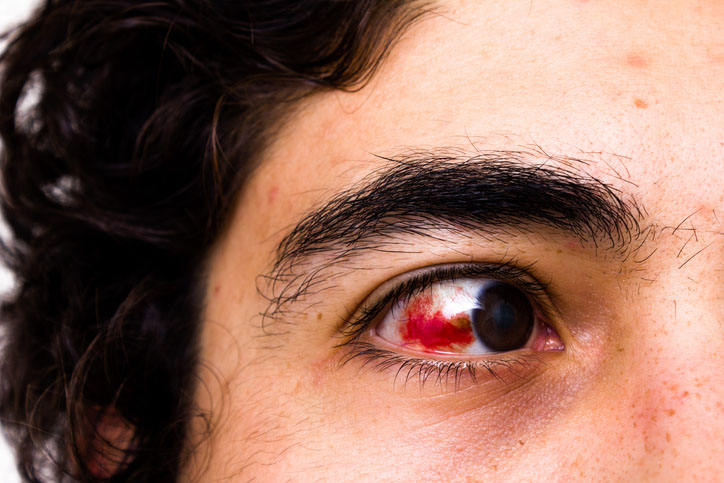A new therapeutic contact lens that acts as a bandage for eye surface injuries being developed by QUT researchers could soon fast track the healing of previously difficult to treat corneal wounds.
Professor Damien Harkin, from QUT’s Institute of Health and Biomedical Innovation, based at the Queensland Eye Institute said the ‘bandage’ would consist of cells with special wound-healing properties.
"These cells, known as limbal mesenchymal stromal cells (L-MSC), would be isolated from donor eye tissue and subsequently attached to the inner surface of a special type of contact lens known as a scleral lens.

"The donor cells are readily accessible from tissue that is usually discarded after routine corneal transplants," Professor Harkin said.
"Based upon preliminary data we believe that the donor cells release a range of wound-healing factors that encourage repair of the eye’s surface."
Professor Harkin said the lenses could be available within hours of patients presenting to an eye clinic with either recently acquired or chronic damage to their eye’s surface.
"Our therapy could provide welcome relief for patients suffering from chronic conditions such as corneal ulcers and persistent surface defects that haven’t responded to conventional therapies," he said.
"The new treatment could also become useful as a part of the first-line therapy in the management of acute eye injuries experienced in the work place or at home arising from exposure to caustic chemicals, scalding liquids or excessive heat."

Professor Harkin said the current treatment typically involved using bandages prepared from amniotic membrane donated from human placentas.
"Amniotic membrane (AM) provides a limited supply of growth factors and components with anti-inflammatory and wound-healing properties," he said.
"The problem is, however, that AM displays variable properties both within and between donor tissue samples.
"AM is presently imported from New Zealand, which delays treatment and adds to its cost.
"We propose that a bank of well-characterised and tested donor L-MSC cells would provide a more reliable and cost-effective source of growth factors to quickly repair the eye."
Professor Harkin said the new treatment could be available to patients within as little as a few years subject to completion of rigorous clinical trials.
The technology has been developed with funding from the National Health & Medical Research Council of Australia. Further funding is needed to bring this promising treatment to the clinic.






